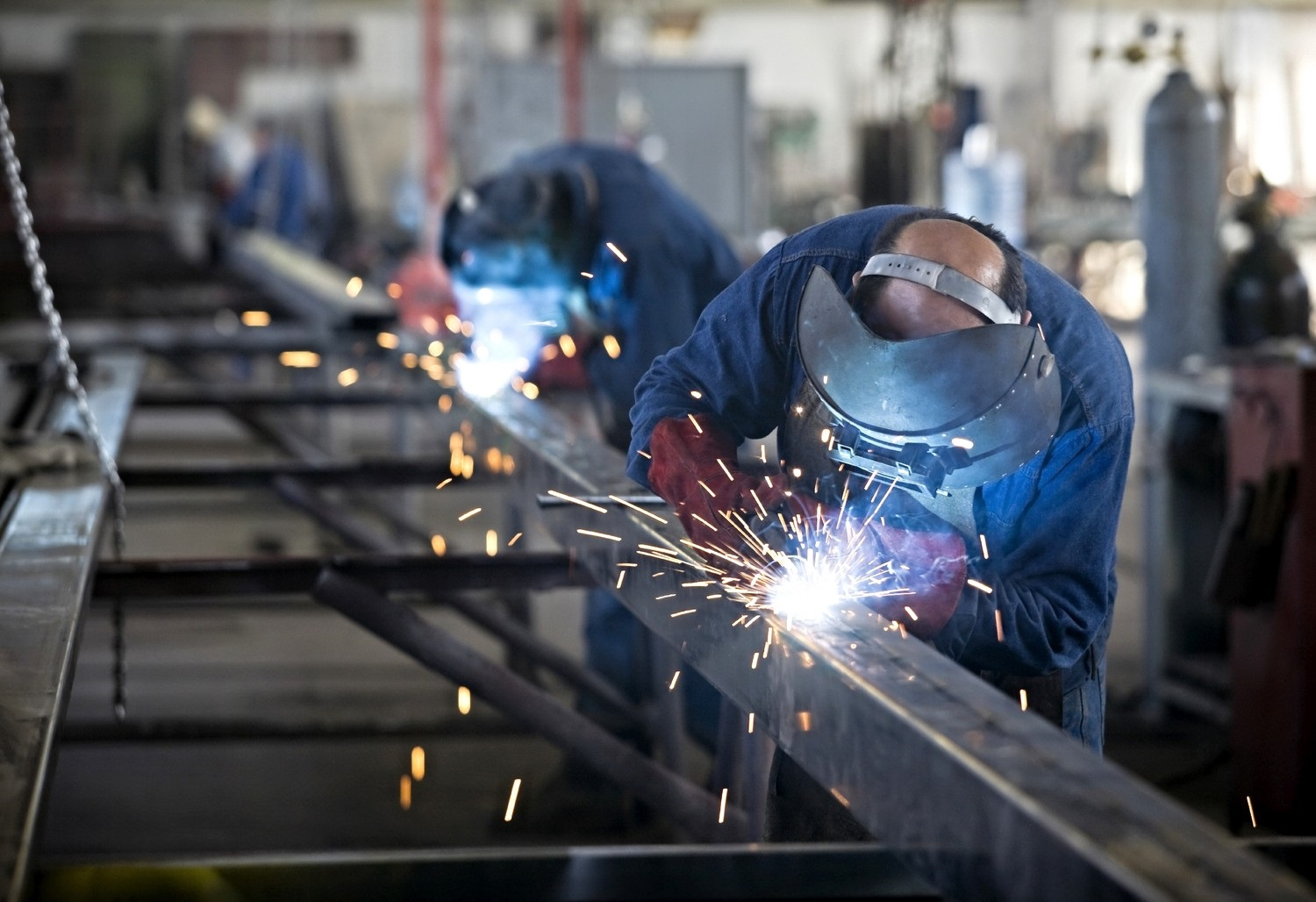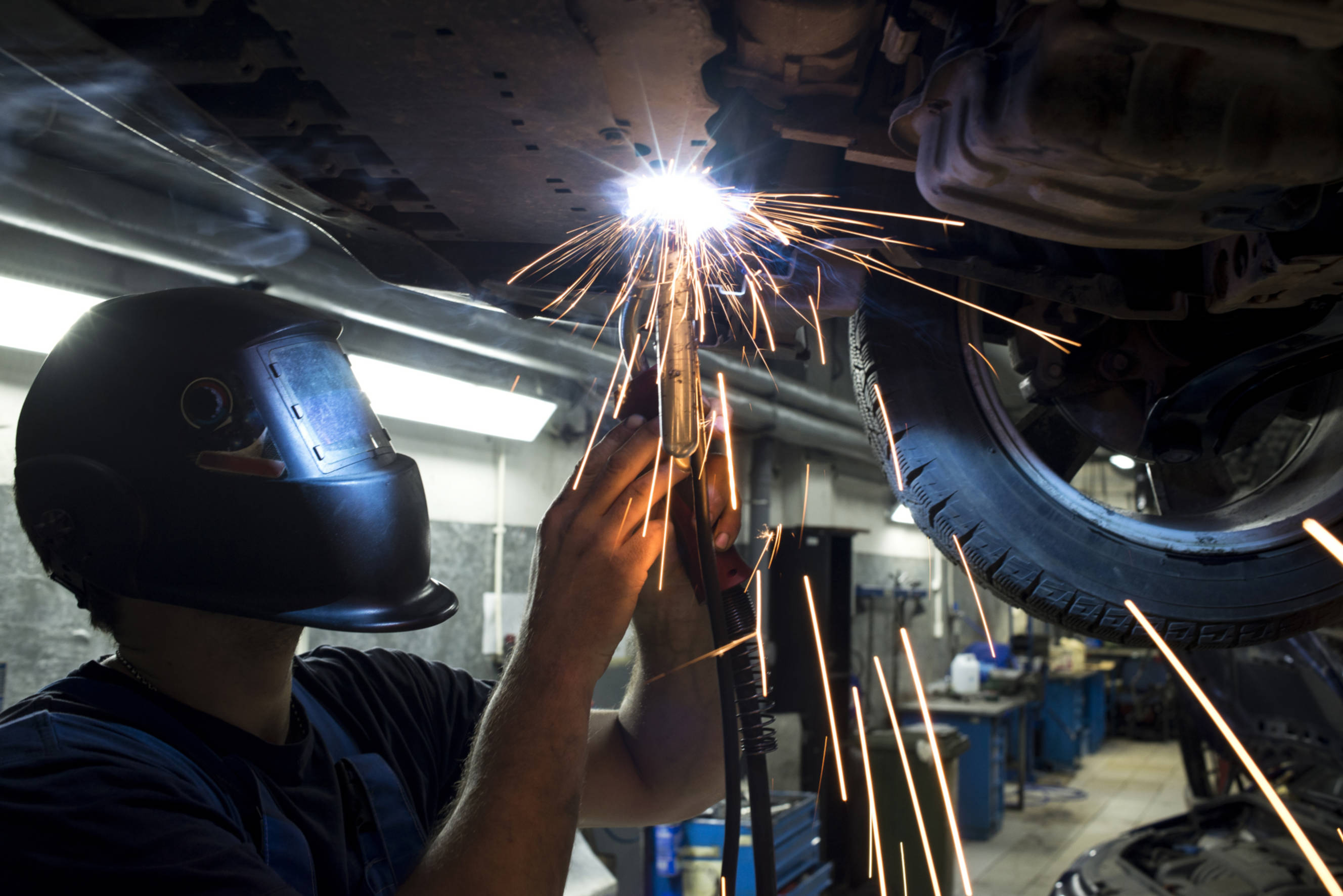Most frequent weld defects solved by Belgrade Welding experts
Wiki Article
Usual Welding Repair Work Issues and Exactly How to Address Them Successfully
Welding repairs frequently experience a series of concerns that can threaten the honesty of the end product. Typical troubles consist of insufficient penetration, porosity, and imbalance, amongst others. Each issue presents unique difficulties that require certain approaches for resolution. Comprehending these problems is essential for welders aiming to enhance their skills and results. This discussion will certainly check out these usual welding repair service problems and efficient approaches to resolve them.Insufficient Infiltration
Inadequate infiltration occurs when the weld metal falls short to completely fuse with the base material, causing weak joints and potential architectural failures. This concern often stems from not enough warm input, inaccurate electrode angle, or inappropriate welding rate. Welders may come across poor penetration because of a miscalculation of the necessary parameters for a particular product thickness or type. Furthermore, contamination on the base product's surface can impede effective bonding, worsening the issue. To address inadequate infiltration, welders ought to assure ideal settings on their devices and preserve a tidy job surface area. Normal evaluation of welds is recommended to determine any type of shortages early, enabling for timely modifications and the avoidance of jeopardized architectural integrity in welded settings up.Porosity
Porosity is a common defect in bonded joints that materializes as little gas bubbles trapped within the weld steel. This flaw can compromise the stability of the weld, bring about minimized stamina and potential failure under anxiety. Montana Mobile Welding and Repair Belgrade Fabrication. Porosity usually occurs from contamination, dampness, or incorrect welding methods, which permit gases to run away right into the molten weld swimming pool. To address porosity, welders should ensure correct surface prep work, preserve a tidy functioning atmosphere, and utilize suitable welding criteria. Furthermore, selecting the best filler product and securing gas can reduce gas entrapment. Regular examination and screening of welds can help identify porosity early, ensuring timely restorative activities are taken, therefore preserving the quality and integrity of the bonded structureImbalance
Imbalance in welding can emerge from different elements, including improper setup and thermal expansion. Comprehending the origin is vital for efficient resolution. A number of correction strategies are offered to realign parts and guarantee structural stability.Reasons of Misalignment
Welding imbalance often originates from a range of underlying issues that can compromise architectural integrity. One key cause is inappropriate fit-up of components before welding, which can result in gaps and irregular surfaces. Variants in thermal growth throughout the welding process can also cause distortion, specifically if the products being joined have various coefficients of expansion. Furthermore, poor fixturing and securing may fail to hold parts safely in position, bring about motion during welding. Badly kept equipment, consisting of welding machines and tools, may introduce incongruities in the weld grain, additional adding to imbalance. Ultimately, operator mistake, stemming from not enough training or experience, can likewise play a considerable role in creating misaligned welds.Improvement Techniques Available
Dealing with imbalance successfully requires a combination of corrective strategies tailored to the particular concerns handy. One usual technique is the usage of jigs or fixtures to hold elements in the right position during welding, making sure regular alignment. Additionally, pre-heating the materials can help in reducing distortion and boost fit-up. For significant imbalance, mechanical adjustment techniques, such as making use of hydraulic jacks or clamps, can be used to remedy the position prior to welding. Post-weld heat therapy might likewise be necessary to relieve tensions brought on by imbalance. Cautious examination and adjustment throughout the arrangement stage can prevent imbalance concerns from coming to be considerable troubles, promoting a smoother welding process and boosting general architectural integrity.Distortion
Distortion is an usual difficulty in welding that can arise from numerous factors, consisting of irregular heating and cooling. Recognizing the reasons of distortion is necessary for implementing efficient avoidance techniques. Addressing this problem not just improves structural integrity yet likewise boosts the total high quality of the weld.Sources of Distortion
When based on the intense heat of welding, products commonly undertake modifications that can result in distortion. This phenomenon mostly develops from thermal growth and tightening during the welding procedure. As the weld area warms up, the product expands; upon air conditioning, it acquires, which can develop inner stresses. In enhancement, irregular home heating throughout a workpiece can intensify these anxieties, leading to bending or flexing. The sort of product additionally plays a considerable role; metals with differing thermal conductivity and coefficients of development may react in a different way, leading to unpredictable distortions. Poor joint layout and insufficient fixturing can contribute to misalignment throughout welding, raising the probability of additional reading distortion. Recognizing these reasons is crucial for efficient welding fixing and avoidance strategies.Avoidance Techniques
Effective prevention techniques for distortion during welding concentrate on regulating heat input and making certain proper joint design. Keeping a constant heat input aids to decrease thermal growth and contraction, which can lead to distortion. Making use of techniques such as preheating the workpiece can likewise minimize the temperature level gradient, promoting uniform heating. Furthermore, picking proper joint styles, such as T-joints or lap joints, can improve stability and minimize stress concentrations. Carrying out appropriate fixturing to safeguard the work surfaces in location additionally help in maintaining alignment during the welding procedure. Finally, staggered welding sequences can distribute heat more equally, preventing localized distortion. By applying these techniques, welders can substantially reduce the chance of distortion and enhance the total high quality of their welds.Breaking
Cracking is an usual issue encountered in welding repair work, frequently resulting from different variables such as inappropriate air conditioning prices, product choice, or insufficient joint prep work. The occurrence of splits can significantly compromise the integrity of the weld, causing possible failures during operation. To address this problem, welders need to initially analyze the root triggers, making sure that products are compatible and appropriately picked for the particular application. Additionally, controlling the cooling rate during the welding procedure is vital; quick air conditioning can generate tension and result in splitting. Correct joint layout and prep work also add to minimizing the threat. Carrying out these strategies can enhance weld quality and longevity, inevitably lowering the likelihood of splitting in ended up weldments.
Incomplete Blend
A significant problem in welding fixings is insufficient combination, which takes place when the weld steel does not effectively bond with the base product or previous weld passes - Montana Mobile Welding and Repair Belgrade. This defect can lead to weaknesses in the joint, possibly jeopardizing the integrity of the welded framework. Factors adding to incomplete combination include not enough warm input, inappropriate welding technique, and contamination of the surfaces being joined. To resolve this problem effectively, welders should ensure proper pre-weld cleaning and surface area prep work, along with adjust their welding parameters to achieve appropriate penetration and fusion. Regular inspection during the welding process can likewise assist recognize incomplete blend early, allowing for prompt restorative actions to boost the general high quality of the weldOverheating
While welding fixings can enhance structural stability, overheating provides a substantial obstacle that can cause material degradation. Excessive warm during welding can modify the mechanical residential or commercial properties of metals, causing reduced toughness, increased brittleness, and bending. This phenomenon is particularly essential in high-stress applications where architectural reliability is critical. Determining overheating can include aesthetic inspections for discoloration or distortion, along with monitoring temperature during the welding procedure. To mitigate the threats related to getting too hot, welders ought to employ ideal methods, such as regulating warm input, changing travel rate, and using ideal filler products. Additionally, carrying out pre- and post-weld warmth therapies can help restore product residential or commercial properties and boost the overall top quality of the repair, making sure long-lasting performance and security.Often Asked Concerns
What Are the Common Signs of a Welding Defect?

Just How Can I Test My Welds for High quality?
To evaluate welds for top quality, one can utilize visual inspections, ultrasonic testing, and radiographic approaches. Each strategy guarantees structural honesty, identifies problems, and verifies adherence to defined standards, ultimately boosting the dependability of the welded joints.What Safety Precautions Should I Take While Welding?
When welding, one must prioritize security by wearing proper click site individual protective equipment, making certain appropriate ventilation, protecting combustible products away, maintaining a tidy workspace, and understanding environments to stop accidents and injuries.Can I Repair a Weld Without Renovating the Entire Joint?
Repairing a weld without redesigning the whole joint is possible, relying on the damages (Montana Mobile Welding and Repair Belgrade Fabrication). Techniques such as grinding, including filler product, or using a welding procedure can efficiently address details flaws while preserving the surrounding frameworkWhat Tools Are Essential for Reliable Welding Services?
Necessary tools for reliable welding repairs include a welding device, cable brush, grinder, safety equipment, clamps, and filler materials. Each tool plays a crucial role in making sure top quality and safety during the fixing procedure. Porosity commonly arises from contamination, dampness, or improper welding strategies, which allow gases to escape into the molten weld swimming pool. Improperly maintained equipment, consisting of welding equipments and devices, might introduce incongruities in the weld grain, more adding to imbalance. When subjected to the intense heat of welding, products commonly undergo changes that can lead to distortion. Fracturing is a common problem come across in welding repair services, usually resulting from numerous elements such as incorrect cooling prices, product choice, or insufficient joint preparation. A substantial concern in welding repairs is incomplete blend, which occurs when the weld metal does not appropriately bond with the base material or previous weld passes.Report this wiki page